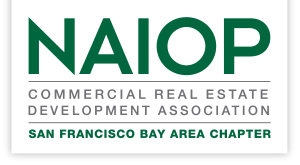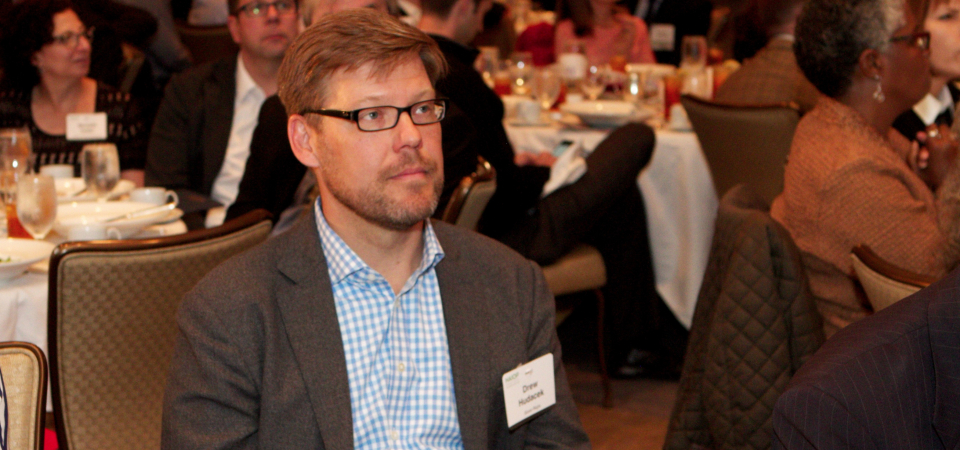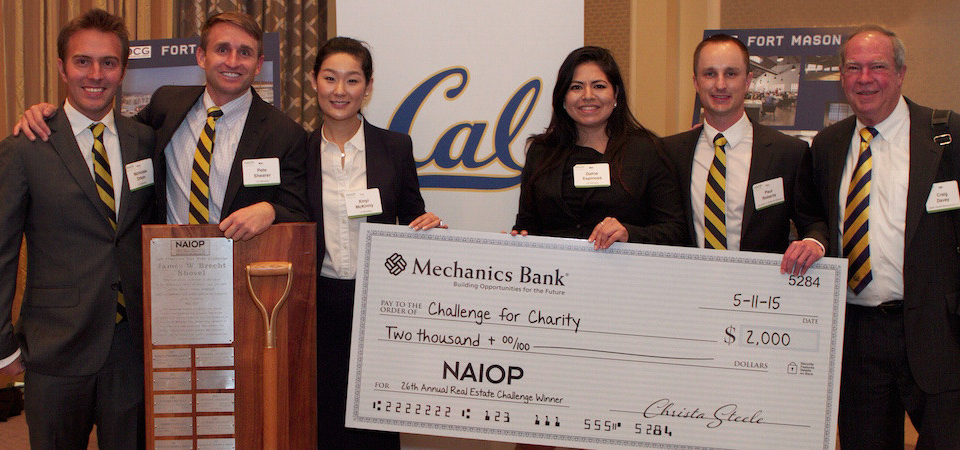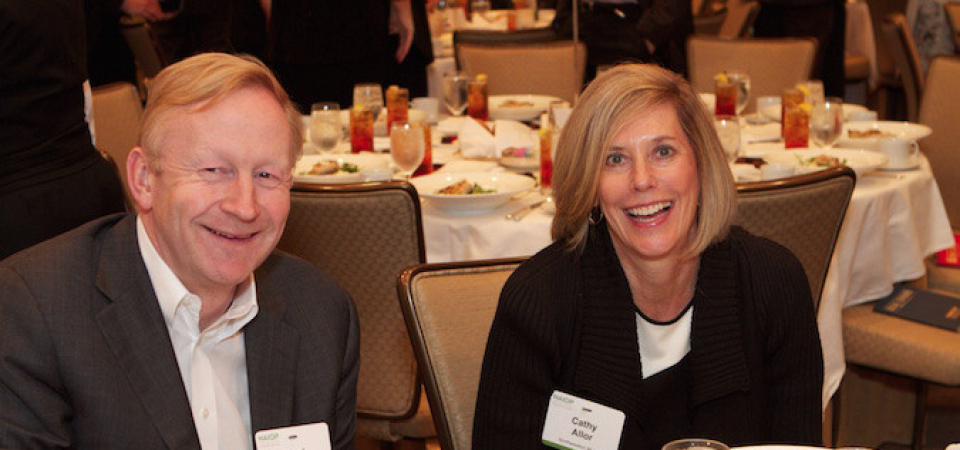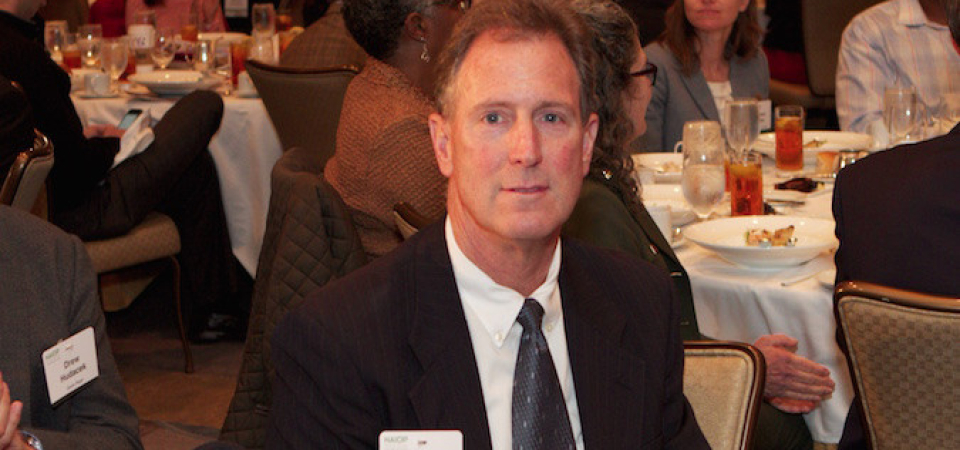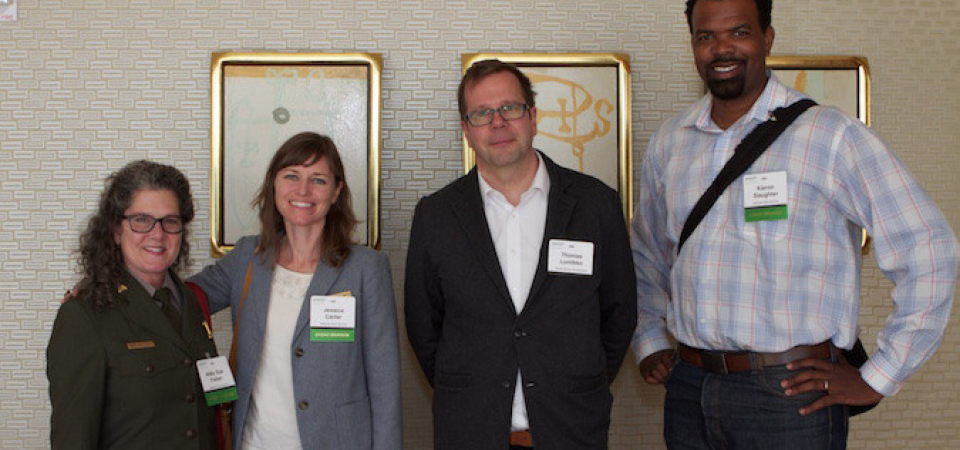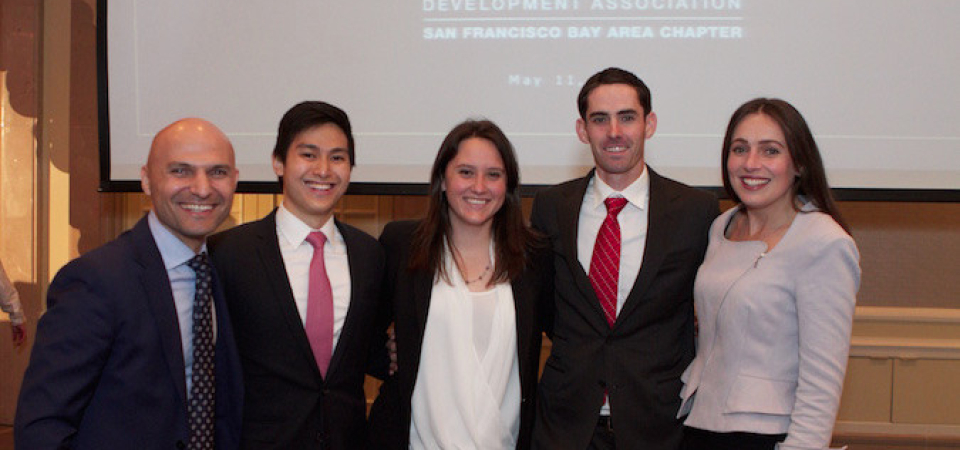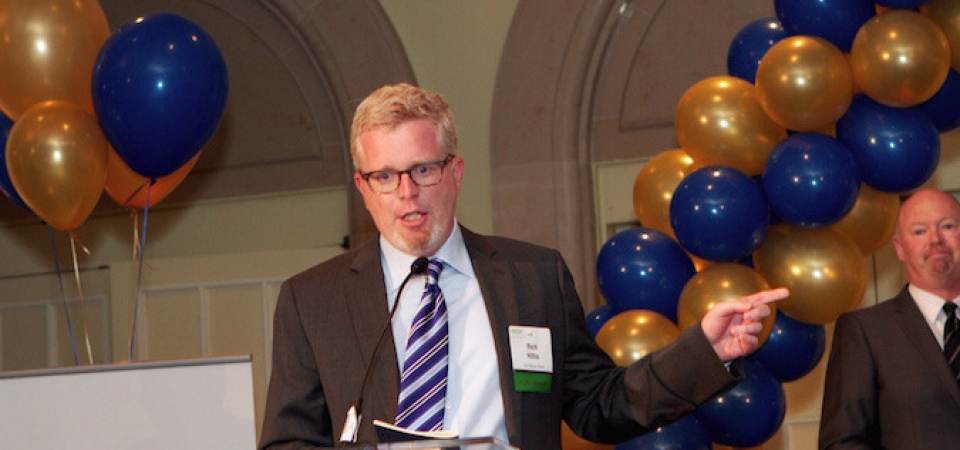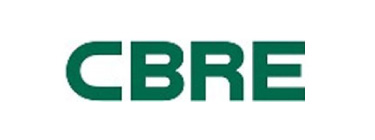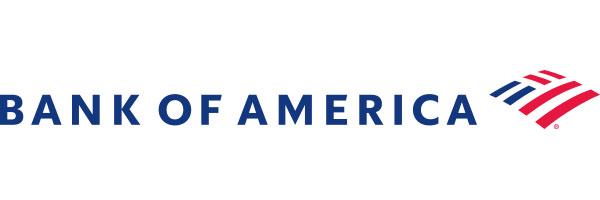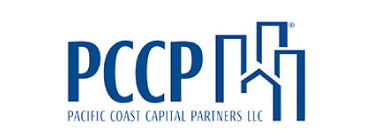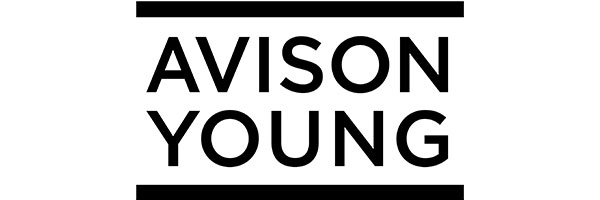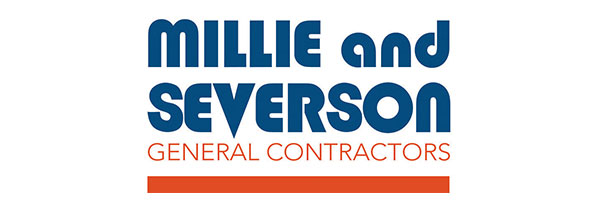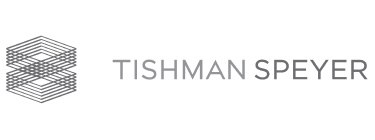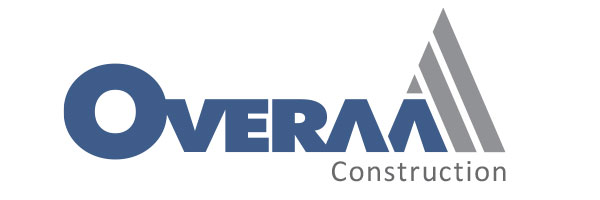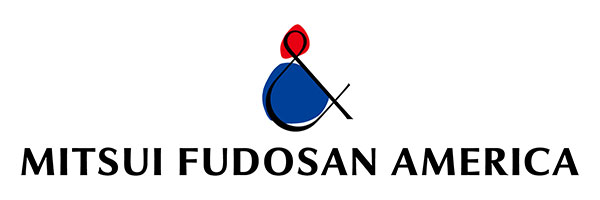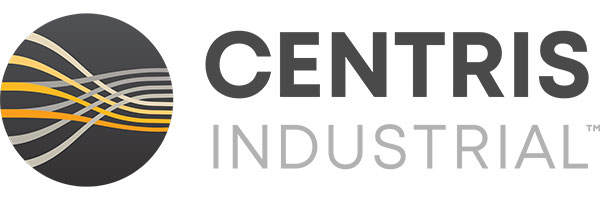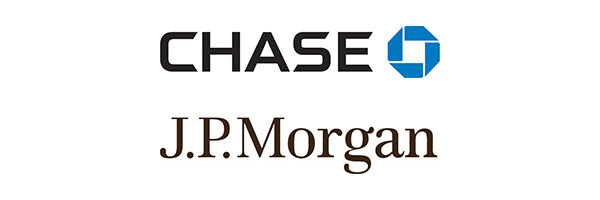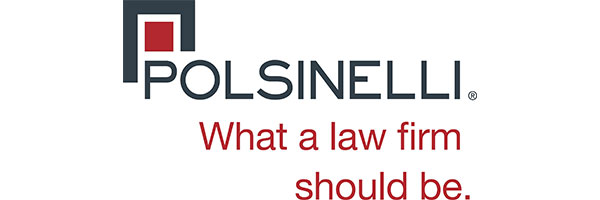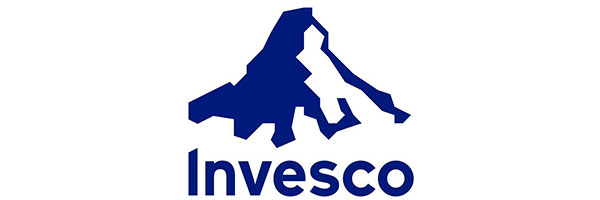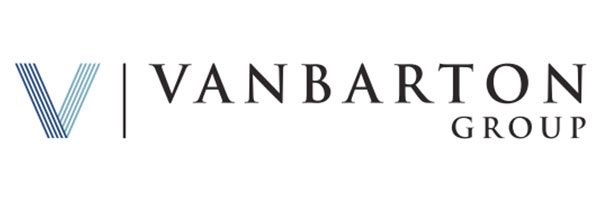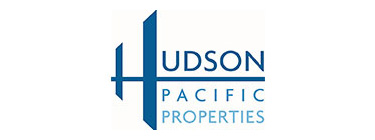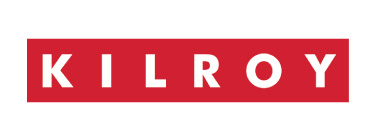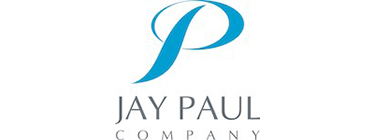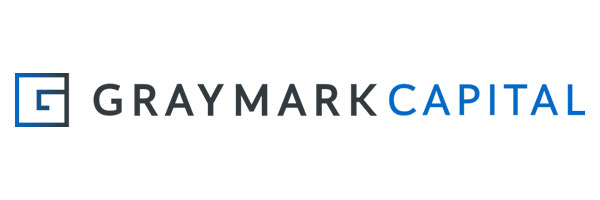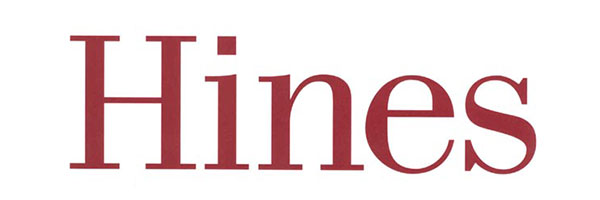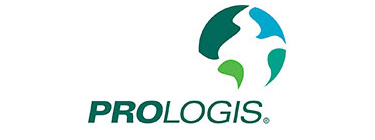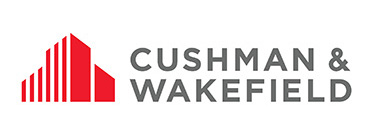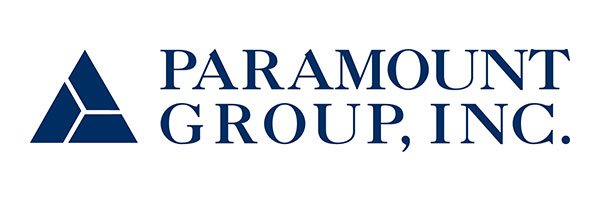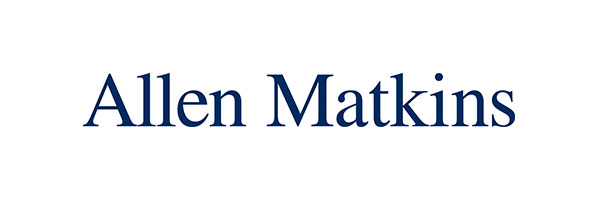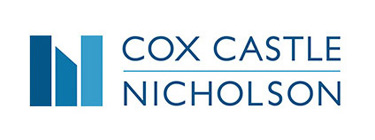Click here to see all of the photos from the event
Cal’s “Oski Capital Group” beat the Stanford “Digs” with a gutsy hotel project at Fort Mason and took home the coveted James W. Brecht Memorial Golden Shovel. The big win was announced at NAIOP San Francisco Bay Area Chapter’s Challenge Luncheon on Monday, May 11, 2015 in front of a packed house of over 350 “fans” at the Four Seasons in San Francisco. Event Chairman twenty years running, Dennis Williams, Managing Director at Northmarq Capital, served as Master of Ceremonies.
The Challenge, which is NAIOP SFBA’s version of the “Big Game”, is a development competition between rivals Stanford University’s Graduate School of Business and the University of California, Berkeley’s Haas School of Business. Teams are tasked to devise and successfully pitch the solution to the type of complex real estate problem that would have the most tenured professionals reaching for the Excedrin or a stiff drink. In addition to laying claim to the Golden Shovel the winning team receives a $2,000 check from Mechanic’s Bank for the Challenge for Charity.
This year’s Challenge featured Fort Mason Center (FMC) and the National Park Service (NPS) as the “client” seeking proposals to develop a site called FM1 which consists of an aging 48,000 square foot pier building on the San Francisco waterfront with stunning Golden Gate Bridge views. In their instructions, teams were given several assumptions, paramount among which was the fact that the pier needs a whopping $30 million in substructure upgrades, which their proposed project should self-finance. Other factors included that phasing was infeasible, the site was to be considered clean, that teams could look at different scenarios to estimate “plug” contributions that would have to come from NPS or other grant sources and that tax credits are available for 20% of qualified costs.
Two well-known Bay Area real estate veterans served as this year’s team advisors. Part-time Haas School professor, Craig Davey of Diablo Wealth Management advised the Cal team and Stanford Graduate School of Business alum Stephen Koch, of Resource Real Estate Group advised the Stanford team. This year’s jury was also comprised of an all-star line up of seasoned Bay Area real estate professionals. Drew Hudacek, Chief Investment Officer at Sares Regis served as Jury Chairman. Cathy Allor, Regional Director at Northwestern Mutual, Margo Bradish, Partner at Cox, Castle & Nicholson, Carl Shannon, Managing Director at Tishman Speyer, Michael Mulligan at Mechanics Bank and Scott Stafford, Principal at Strada Investments Group rounded out the jury.
The Challenge kicked off on February 25th giving teams about 10 weeks to complete their proposals. Before delivering their presentations at the Challenge Luncheon, they presented at a mid-term meeting in April and submitted their development proposals on May 7th. Teams were evaluated on seven criteria including, 15% for highest and best use recommendation, 25% for recommended action plan given all the constraints, 10% for creativity, 5% for presentation at a mid-term meeting, 10% for final written material submitted to the jury, 10% for closed door final presentation to the jury and Q&A as well as 25% for their final ballroom presentation at the Challenge Luncheon.
The Cal Team’s bold and innovative hotel concept impressed the jurors. It entailed docking an historic ship to the East of the pier to add building footprint and extending the East side of the pier by 10 feet. Additionally, they proposed to extend first floor windows to bring in more natural light and maximize views. The design aesthetic was “military chic” giving a nod to Fort Mason’s rich history as a point of embarkation and playing upon it with clever names such as Hotel Embark for the upscale pier building property and “Afloat” @ Embark for the cool economical accommodations offered aboard the vessel. Other features included a fine dining restaurant in a prime view location in the building, an outdoor gastro-pub on the deck of the boat, a military technology museum, retail and casual dining and a public piazza that ties into Fort Mason’s cultural experiences and Off the Grid. Speaking on behalf of the jury Mr. Hudacek said, “The bottom line was that the Cal team went out on a limb. They rolled the dice more on whether they could get entitlements.” He added, “With such a small building and such a large infrastructure cost, Cal’s adding square footage earned them points for creativity and taking risk.”
The jury found Cal’s financial proposal attractive as well with an 18.1% levered IRR and total profit at $63.9 million. The deal outlined $86.6 million in improvements without a penny of investment required from FMC and NPS. It also established a Fort Mason Improvement Fee in lieu of a hotel tax consisting of 14% of gross revenues with proceeds going to FMC and NPS. The capital stack included a $41.7 million construction loan, $10.8 million in historic tax credits and $34.1 in equity investment. Potential sources of equity included EB-5, an equity partner, the developer and even a crowd sourcing element that the team touted as a way to engage the local community. Mr. Hudacek expressed, “They solved FMC and NPS’ funding issue,” He shared further, “There was a great deal of discussion about Cal’s having three sources of equity and including buzz-words. We rather liked the crowd sourcing idea as a way to engender community support. However, we also thought it served to add more complexity to the deal.”
The Stanford team proposed a creative mixed-use culinary community that honored the site’s history, increased public access to the waterfront and celebrated San Francisco’s love affair with food and wine. The development featured cleverly named elements including a food-oriented market called “The Commissary” on the first floor and a high-end restaurant called “The Officer’s Club” as well as a wine tasting room and bar on the second floor. They proposed to build a boat dock for ferries and water taxis on the East side of the pier to return it to its original use as a point of embarkation. The project would cost $51 million (including a $19.8 investment from FMC and NPS) and would generate a 17.1% levered IRR. Mr. Hudacek shared the jury’s perspective and said, “The Stanford Team’s pitch required NPS and FMC to contribute almost $20M. With that kind of ask the trade off would have to be a project that is overwhelmingly spectacular in its community benefit and financial return to the site sponsor. The jury felt it would take a much bigger and grander concept to get the FMC and NPS to take on such spectacular risk.” He added that there were many comments among jury members about the similarity of Stanford’s concept to the Ferry Building.
Mr. Hudacek articulated some additional insights from the jury room. He expressed, “ It’s nice when teams come up with different solutions. There have been several years when teams have come up with very similar proposals.” He added, “Sometimes it makes it easier because you can compare apples to apples. Such widely varying concepts makes it more interesting, however, it also makes it tougher to do a side-by-side analysis. He shared that although Cal’s presentation had more wiz bang including an animated fly over, Stanford’s written materials were better. He said, “The Stanford team captured the program well and had crisp financial analysis so they actually had the edge on the books which made it a close race. However, when we tallied up all the points, Cal’s high scores in the other categories pushed them over the edge.” With regard the key question of entitlements, Mr. Hudacek expressed, “Interplay between the federal, state, and local agencies and most likely the community would have a dramatic impact on either proposal. The site is under Federal jurisdiction, however the minute you touch it you bring in CEQA and BCDC. Nobody knows exactly what the triggers would be. Even in the unlikely scenario that you could avoid triggering CEQA and BCDC, FMC and NPS would likely bring them in and of course you can bet a neighborhood group would chain themselves to the fence.”
